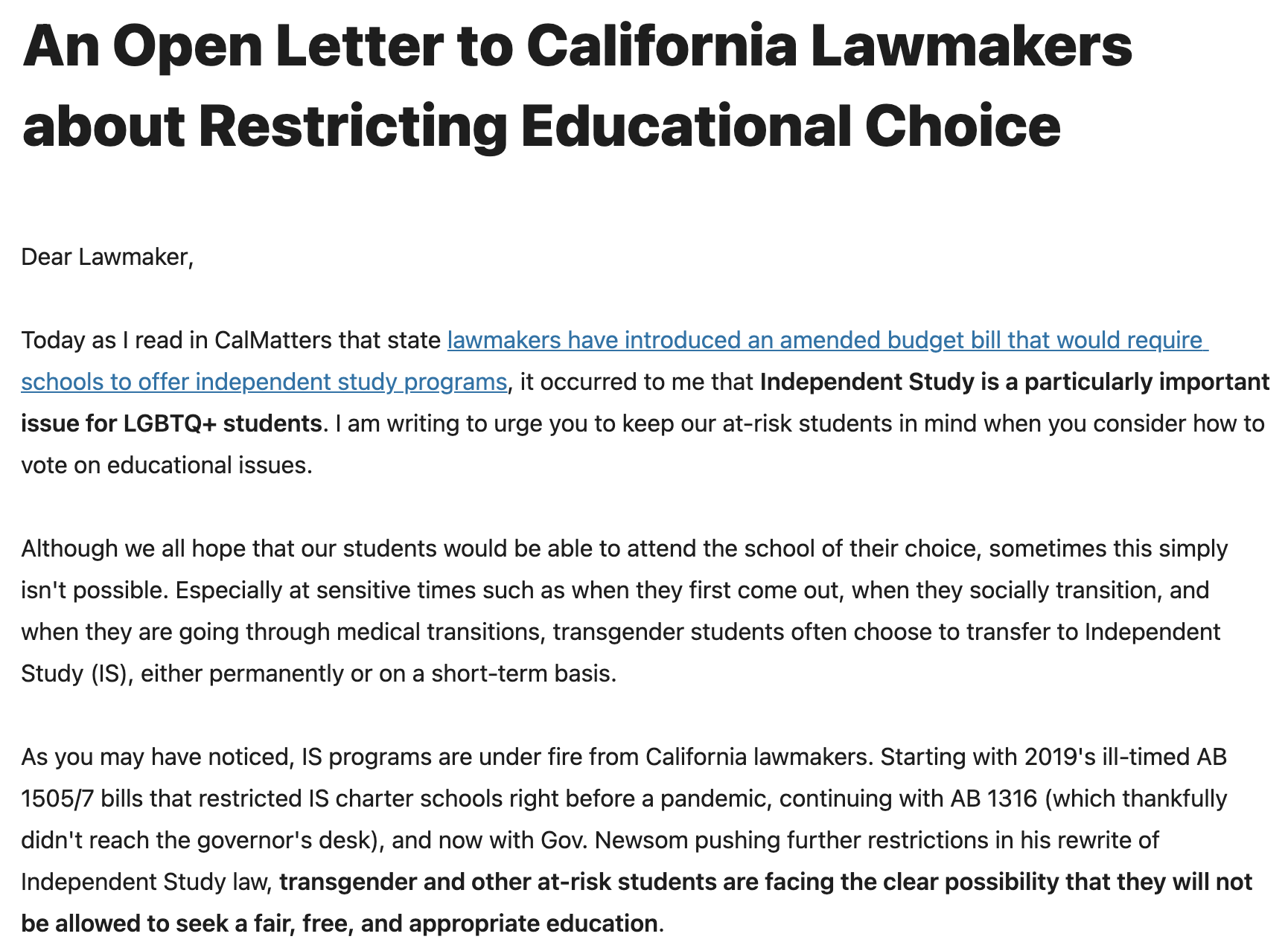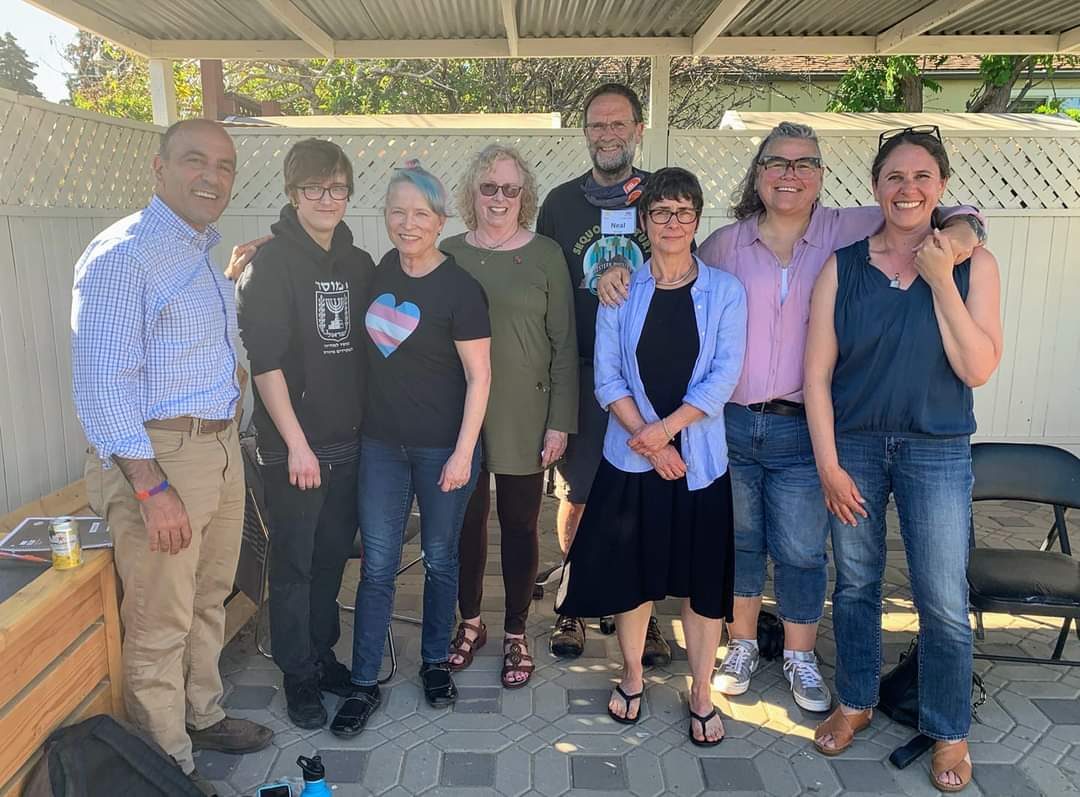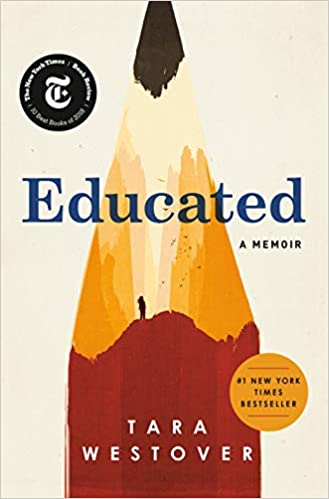Category: Education
-

An Open Letter to California Lawmakers about Restricting Educational Choice
Dear Lawmaker, Today as I read in CalMatters that state lawmakers have introduced an amended budget bill that would require schools to offer independent study programs, it occurred to me that Independent Study is a particularly important issue for LGBTQ+ students. I am writing to urge you to keep our at-risk students in mind when…
-

Transgender support: healthcare, education, and community
Recently, Rep. Jimmy Panetta reached out to PFLAG to suggest a listening session about issues faced by transgender people, their families, and their communities. The meeting took place in the back yard of the Diversity Center with representatives from PFLAG Santa Cruz County and the TransFamilies of Santa Cruz County,. We were graced with the…
-

Why I don’t teach to cancel culture
Life doesn’t offer trigger warnings and won’t cancel history as you walk through it. I want my students to be confident messengers for their viewpoints. And in order to do that, they will have to face what the world offers them. Most of the time—let’s not forget—this world offers natural beauty, kind people, and an…
-

Educated: A belated book review
At the time it was published, I tried to ignore the chatter about “Educated” by Tara Westover. But this book is far from the “homeschooling as child abuse” story that I expected.
-

What is “learning through success”?
Focusing on success doesn’t mean giving students empty praise. And it doesn’t mean ignoring their mistakes and lagging skills. It does mean giving them the energizing feeling of making positive forward motion. And that’s what learning is all about.